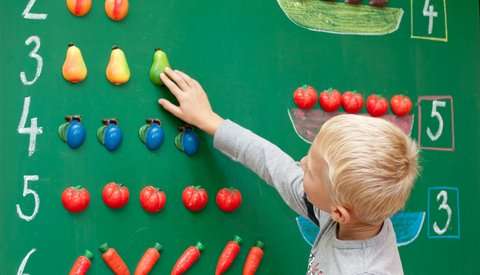Hands-on learning allows children to examine and discover what is happening directly. This type of learning is especially advantageous for kinesthetic learners who learn best by example. Sometimes it is rather difficult to understand something that you have never been exposed to or experienced.
Hands-on Learning also encourages little ones to do things for themselves, which will help them tremendously as they continue through their academic journey. These life skills can be overlooked or neglected where students are just fed facts and made to memorize material.
Of course, some things cannot be taught with hands-on learning. Some things will require rote memory, but anytime educators can incorporate hands-on learning for little ones, the better off the child/student will be. My friend Jamie over at Hands On As We Grow has an amazing list of hands-on learning ideas, check out her website for some fun and simple things you can do with your kiddos.
Not all hands-on learning comes quickly, though. In the next few weeks, we’ll be addressing some common issues kiddos face as they begin their educational journey: letter reversals. We will address why kids do them, how to help them, and when to be concerned. I hope you can get some great ideas and advice as we address this critical topic for preschoolers.
*Studies show that students retain about 5% of the information given in a lecture format. They can retain 75% of the information provided during a hands-on approach. (Higher Education Studies; Vol. 5, No. 6; 2015; ISSN 1925-4741 E-ISSN 1925-475X; Published by Canadian Center of Science and Education)


